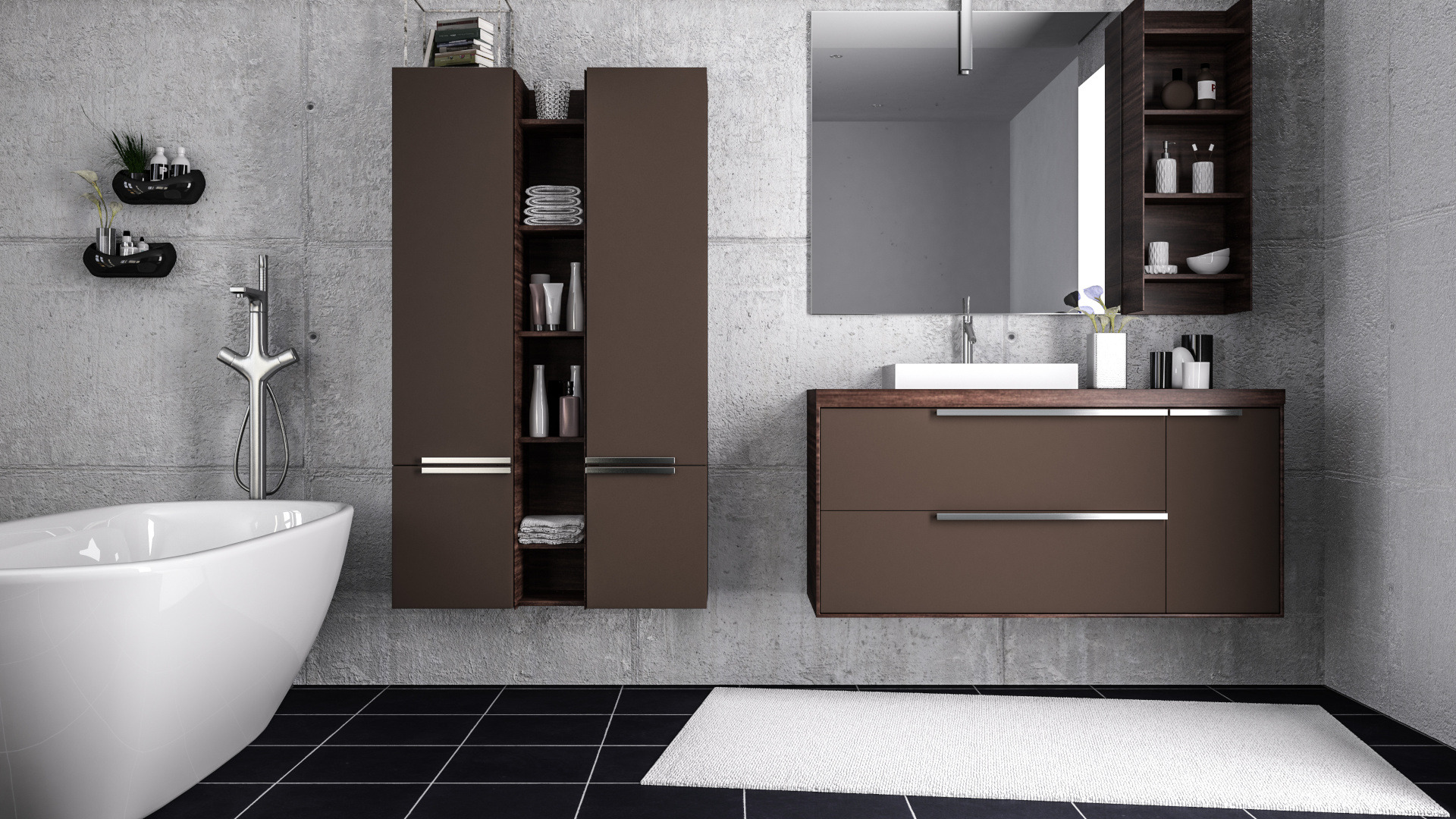
Are you decorating your bathroom or planning its renovation? Are you looking for stylish yet practical fixtures that work superbly in a modern interior? Choosing the right bath is a task that seems easy only at first glance. There are many aspects to consider, such as dimensions, style, shape, and materials used in its production and more. It's worth considering these matters in advance so that you can enjoy a comfortable and relaxing bath every day.
The Most Important Are the Dimensions
The size of the bath is closely related to the size of our bathroom. It should be neither too small nor too large. It should also not hinder movement within the bathroom or access to its other fittings. This means that the size of the bath should be appropriate for both the room's dimensions and the needs of the household members. It's estimated that the minimum space for a person after leaving the bath between the wall and the longer side of the bath should not be less than 55 cm, whereas 100 cm already ensures complete freedom of movement. In smaller bathrooms, a rectangular bath measuring 130 x 70 cm or slightly larger is perfect. Both adults and the youngest can bathe without issue.
When considering the dimensions of the bath, you should also consider not only the size of the bathroom but also the size of its users. This primarily refers to height – a person measuring 2 m in height will need a longer bath basin than would be the case for shorter individuals. It's also worth considering future bills – the bigger the bath, the more water we will obviously use during each bath.
What Shape to Choose
The shape of the bath is largely determined by the layout of the room, however, sometimes it allows for (or does not allow for) the use of a bath screen. Moreover, if you plan to surround the bath with tiles, baths with strongly curved edges require the use of slightly smaller tiles. The most popular baths are those in a rectangular shape. Their standard dimensions include lengths of 140, 150, 160, and 170 cm with a width of 70 cm. They can differ from each other in terms of internal shape, capacity, and depth.
Another type of baths are asymmetrical baths, such as triangular ones, where one side is longer than the other. They are increasingly popular and can be found in an ever-growing number of bathrooms. They are available in sizes such as 140 x 90 cm or 170 x 110 cm. Some people opt for symmetrical baths with sides of the same dimensions. They can occupy quite a large part of the bathroom corner and stand out with elegance and unique design.
Bath Style
A bath that significantly determines the style of the bathroom is a rarity. The exception here is undoubtedly retro baths, characterized by specific curves, backrests, and legs. However, it's worth remembering that when opting for this kind of bath, you might have issues with adding a screen or headrest. The bath's style is also influenced by its installation method. It's good to know that there are baths mounted against the wall (the longer side of the bath is adjacent to the wall), corner baths (two sides of the bath are adjacent to two walls), built-in ones (recessed into the floor or a special platform), and freestanding ones (with no sides adjacent to the wall).
Material Used for Production
Choosing a bath also involves considering the material used for its production. Available options include mainly acrylic, cast iron, steel, conglomerate, and even wooden or stone baths. The most popular are acrylic baths which are warm and pleasant to the touch, and their sanitary properties are at a very high level. They are also noted for their relatively low price and lightweight, making them easy to transport and install.
Importantly, sanitary acrylic does not change its color, so baths made from this material will look great even after many years of purchase. It is also highly resistant to most cleaning agents, chemicals, and cosmetics. It does not pose cleaning problems, and only a damp cloth and a small amount of cleaning agent are needed to wipe it down. Acrylic baths are also highly resistant to scratches and are easier to refurbish compared to baths with an acrylic coating.
Other Elements Worth Considering
When deciding to buy a bath, it's also worth considering the type of overflow. It is a simple element without which no bath can function. It is primarily responsible for draining water from the bath and also for draining excess water if we pour in too much. So, it's crucial to pay particular attention to ensure the overflow and drain connection length is appropriate for our bath model.
The bath handles are also of significance. Properly selected ones can be invaluable help when entering and exiting the bath, which is especially important for older people and children. Increasingly, bath fittings are complemented with a comfortable headrest, allowing us to feel even more comfortable during the bath, even when lounging in water for a longer time.
It's also very important to check whether the purchased bath includes a set of mounting elements with an installation manual for the fixtures, which should necessarily be read before starting the bath's installation. Remember that proper installation can save us a lot of time and money and ensure we enjoy our dream fixtures for a long time.


















